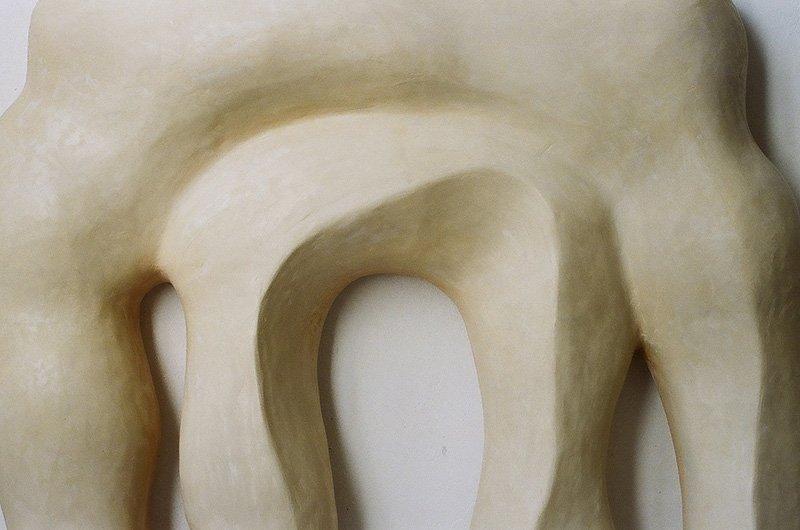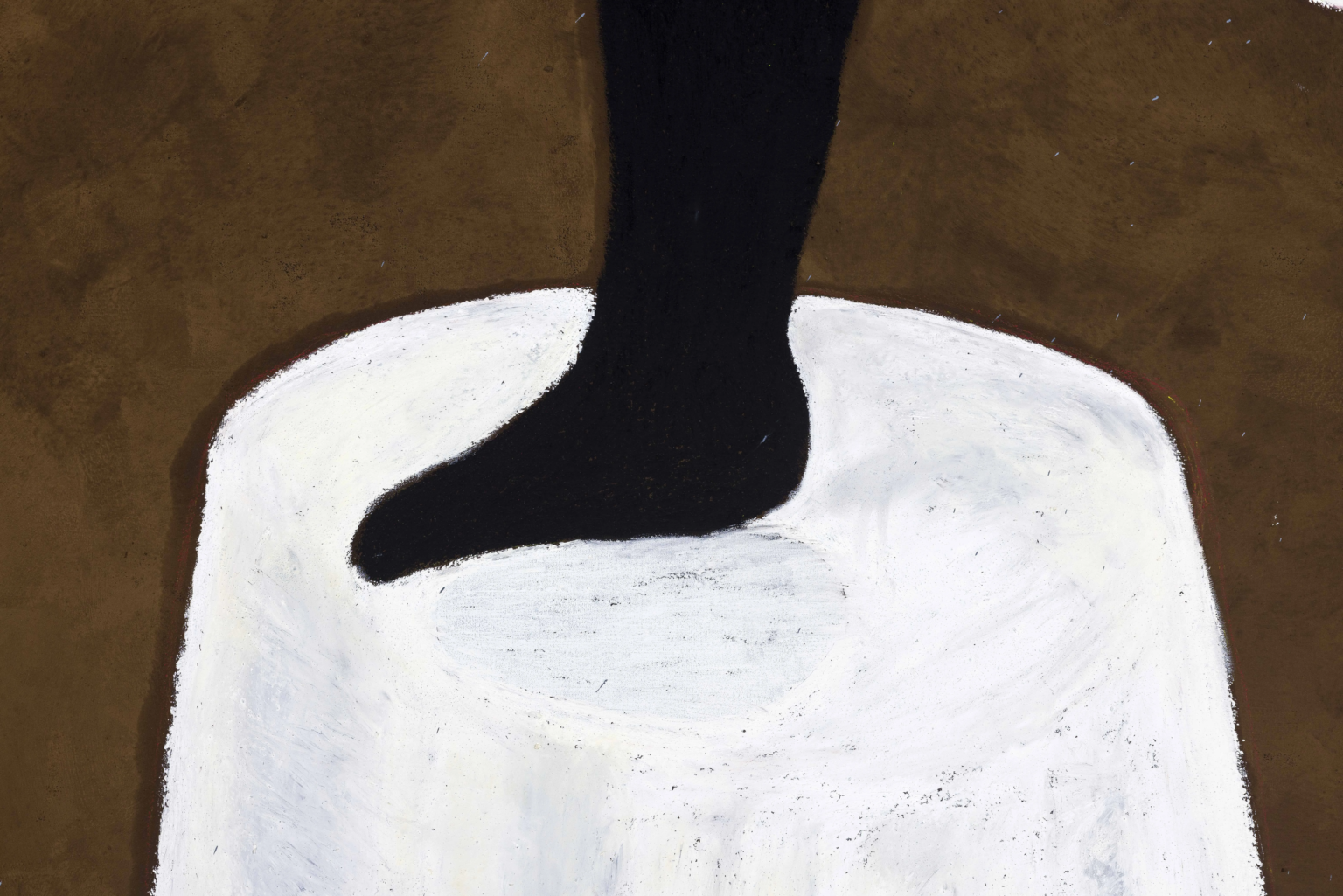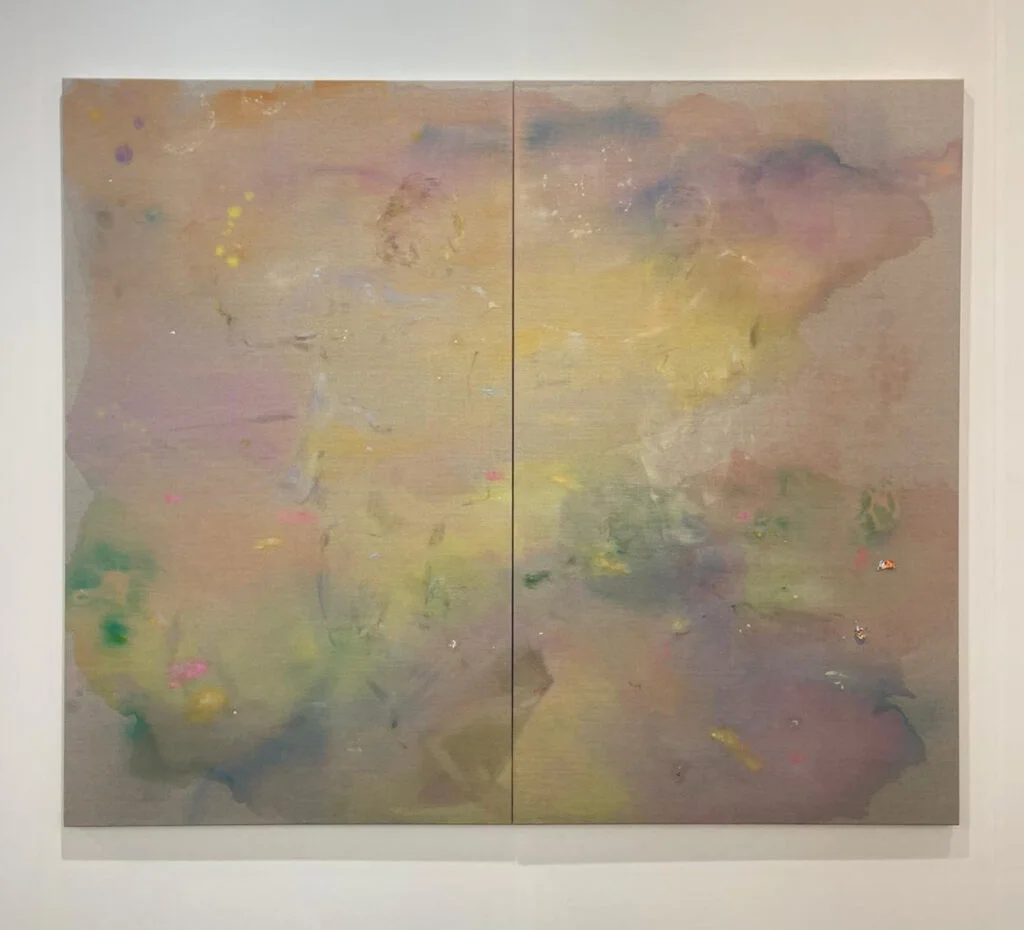MILAN—Tucked into the garden of Villa Necchi Campiglio in Milan, surrounded by manicured hedges and filtered light, rests a figure barely noticed: The Sleeper, a 1921 sculpture by Arturo Martini. Or rather, a marble replica of the original gesso, held today in Rome at the Galleria Nazionale d’Arte Moderna e Contemporanea. Installed quietly in 2024, the statue marks the return of a work that for decades remained peripheral to Martini’s myth — too early, too tender, and too still.


Martini wrote of The Sleeper in a letter to his friend, the painter Gino Rossi, describing it as “a pause inside the century — an unlearning.” Created when Martini was only 22, the piece is unusually unguarded for a sculptor later known for monumentality and muscular form. The figure, barely emergent from its stone bed, folds in on itself — private, unconscious, untouched by the neoclassical austerity that would come to dominate his work just a few years later. There is no other surviving sculpture from this period with the same intimacy or scale. It is a work out of time, made before its maker had decided who he would become.
Why The Sleeper matters now is precisely because it was forgotten. Its softness resists the heroics of early 20th-century Italian sculpture. It does not posture or proclaim. Instead, it withdraws. In the context of Villa Necchi — a house built for show — The Sleeper feels like an act of refusal. In an age that prizes visibility, it turns away. And in doing so, it tells us something rare: that rest, in art as in life, can be a form of resistance.

Text by Julian Octavia
29. MARCH. MMXXV. PLUM
SUBSCRIBE,
SAVE,
LIKE (7),
SHARE: COPY PERMALINK






